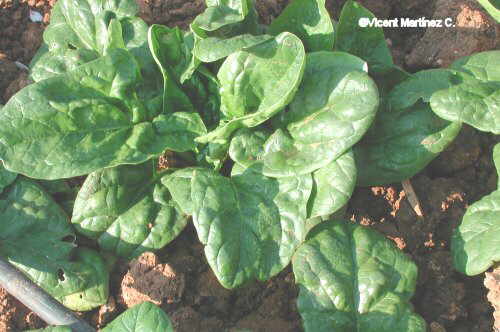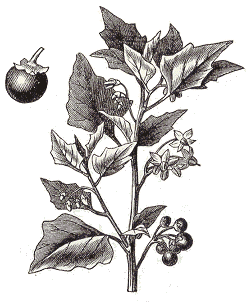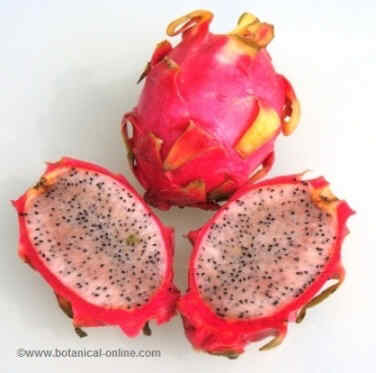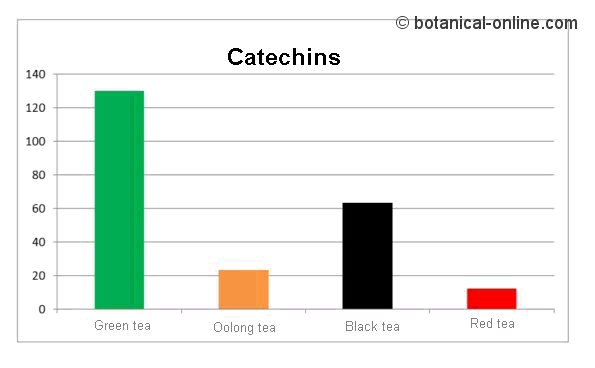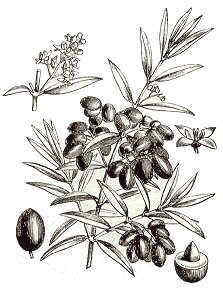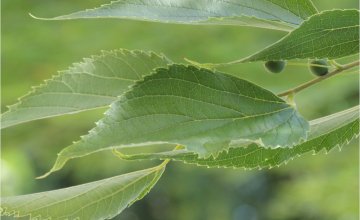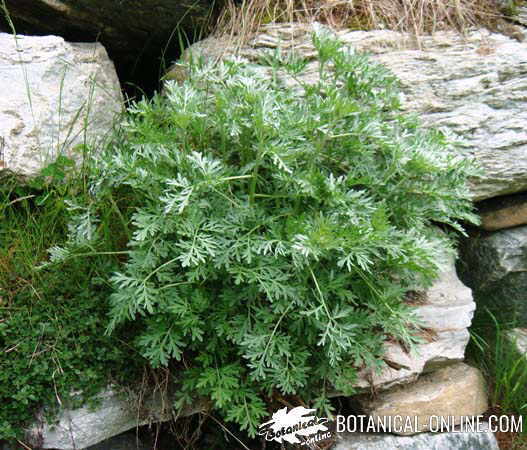Contents
Calendula officinalis and Calendula arvensis as two edible wild plants
Are marigolds edible wild plants?
Marigolds of our latitudes are common marigold or pot marigold (Calendula officinalis L.) and field marigold (Calendula arvensis L.). Both are edible plants, although they are basically known for their medicinal properties and in the field of beauty treatments. Its multiple medicinal properties (as anti-inflammatory and antioxidant) can also benefit us if we consume them as food.
What parts of these plants can we eat?
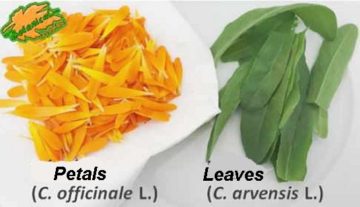
Flowers and tender leaves are the edible parts of the marigold.
The flowers, edible, are mostly used as a condiment and decoration of dishes. Few people know that marigold flowers are one of the richest vegetables in quercetin, powerful antioxidant and anti-inflammatory.
The leaves, instead, in salads or as a vegetable. From a nutritional point of view, marigold leaves consist mainly of water, have a small amount of carbohydrates, are very rich in fiber and have a very high content of beta-carotenes and chlorophyll.
Marigold collection
We will always take the flowers in bloom, preferably cut in full sun, since if they are closed, they can house insects.
Marigold leaves are collected when they are tender, which is when they have better taste and properties. In the case of wild collection, reading tips on how to collect wild plants is recommended.
Marigold flavor
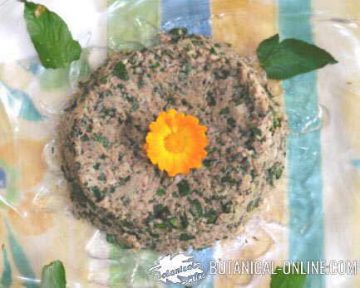
Its powerful essential oils, terpenoids and flavonoids, make marigolds ideal plants to flavor any soup, oil, vinegar, liquor, cheeses, … the field of possibilities is as wide as the imagination of each one.
They not only give us flavor, but also, and above all, they provide a lot of color. A maceration of marigold petals in any type of milk, cream or infusion, gives us an orange result, which can be the basis of various culinary creations.
How to eat the leaves of the marigold plant
The tender green leaves are edible. They can be eaten raw, in salads, or boiled.
Given their powerful flavor, they can also spice up and flavor any vegetable soup. We can also eat them in tortillas and egg rolls, mixed with petals, which gives us a very tasty and cheerful result.
From experience, marigold leaves are sweeter if they are collected before the plant sprouts flowers.
How to eat marigold flowers
Its tender flowers, brightly colored, are used to give color and joy to green salads. In field marigolds, since the flower is very small, they are eaten whole mixed in the salad.
Examples of marigold recipes
Wild plant salad with marigold petals
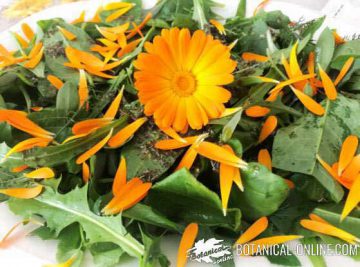
Marigolds are plants with high water content that become withered quickly. If we want to decorate the salad with marigold petals, it is recommended to separate the petals immediately before serving the salad so that they do not run out. Meanwhile, we will keep the flowers in water.
If we are going to eat the young leaves in salads, it is also recommended to keep them soaked with water until just before serving to make them more turgid and appetizing.
Fruit jelly with marigold petals
Marigold flower, especially the officinalis variety, stains food with light yellow. To intensify its color, it can be combined with red hibiscus, which dyes deep red.
With these natural dyes creative dishes can be made, since we can add color to a puree, a butter, a cheese, a yogurt, kefir, …
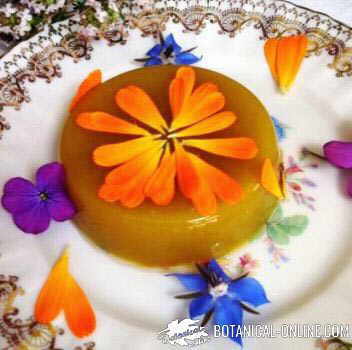
Cheese or tofu balls with marigold petals
As it has been said with the salad, if we want to decorate a recipe with marigold petals, it is recommended to store the flowers in water and separate the petals immediately before serving the dish.
The following image corresponds to balls of fresh smoothie cheese, with almond flour to thicken and a good bouquet of herbs (in this case of plantain and leaves of yarrow). To present the recipe, we chose to “batter them” in petals of wild marigolds:
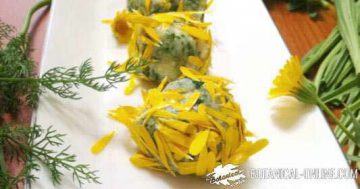
Calendula infusions
Marigold petals, tender or dry, will always give us color to any infusion. Calendula is a plant with many properties that can benefit us: anti-inflammatory, antiseptic, soothing, ( * More information on Calendula infusion)
Recipe courtesy of Montserrat Enrich of the blog: Gastronomia salvatge
![]() More information on wild flowers and edible wild plants
More information on wild flowers and edible wild plants

